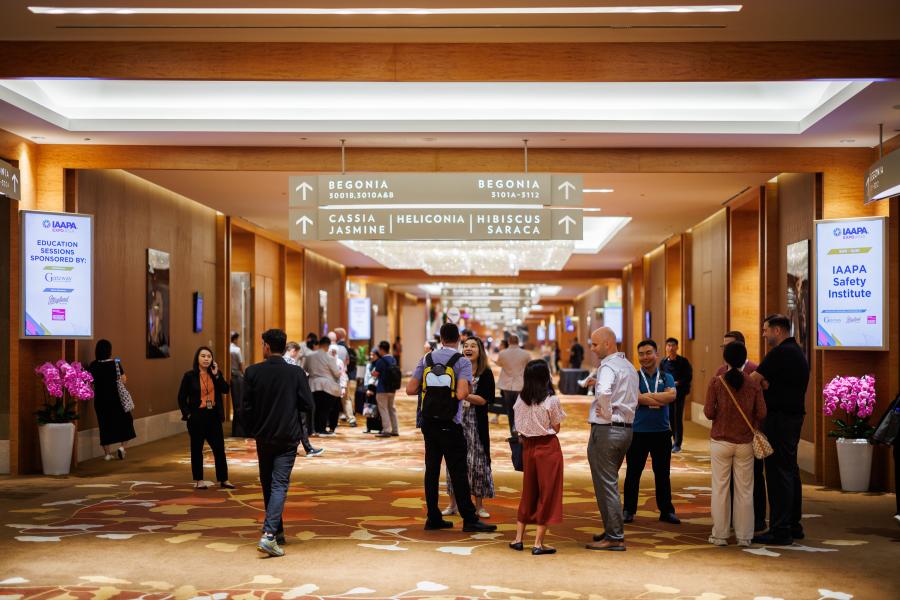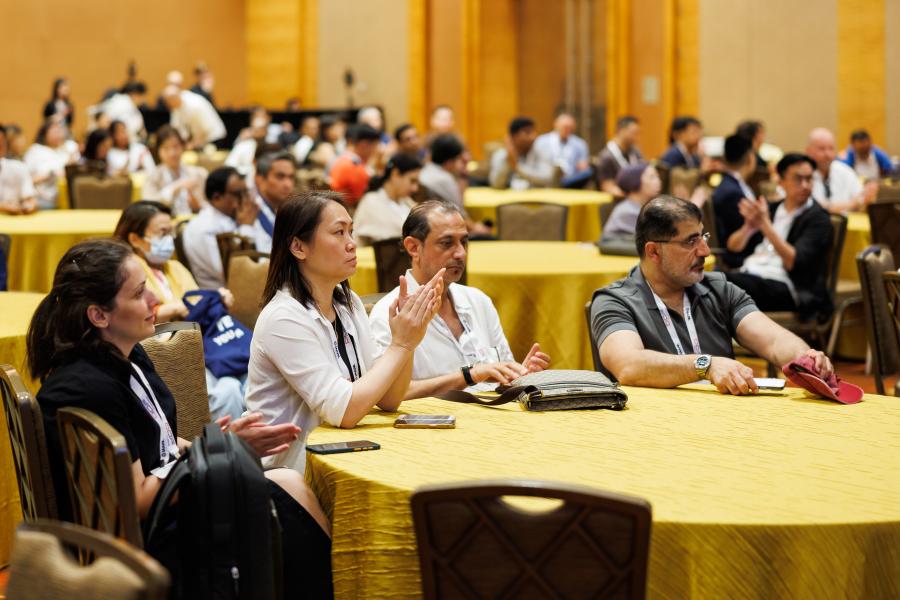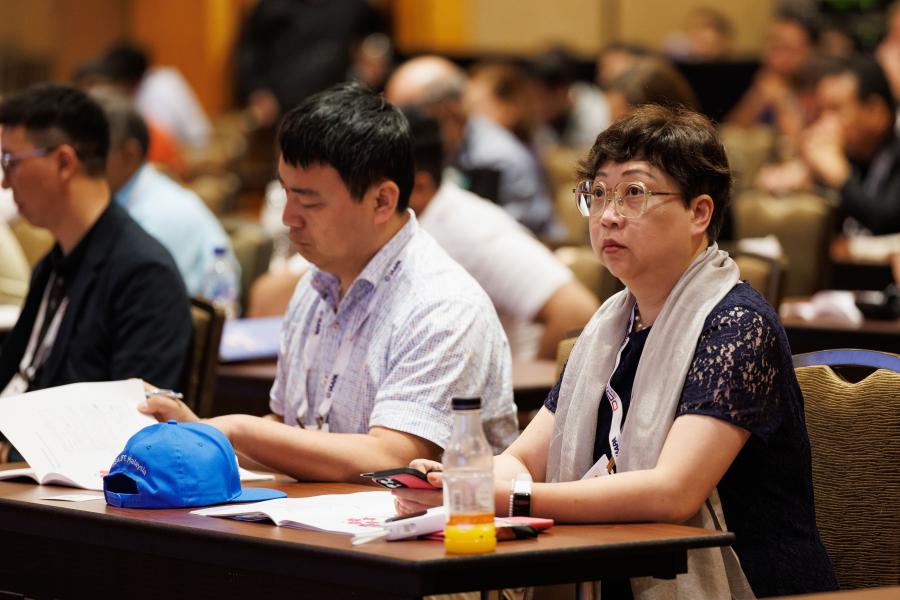Small-scale creative projects are in focus as Asia-Pacific operators appear keen to adopt new technologies and intellectual properties, now that the hospitality and leisure sector has turned a corner following the effects of COVID-19.
“The last couple of years have been pretty brutal to our industry,” reflects Haichang Ocean Park Asia-Pacific CEO Andrew Kam. “At Haichang, we faced the same challenges as every other operator. At the same time, we have been thinking about how to sustain our growth. Even though it has been a challenging couple of years, we haven't stopped trying out new things.”
Haichang Ocean Park embraced an asset-light strategy during the pandemic, selling some of its properties to raise funds, while continuing to operate them. The operator currently runs 11 properties—including marine parks, theme parks, a water park, and discovery centers in more than 30 Chinese cities.
While Haichang will open a new theme park in Zhengzhou in Henan province later this year, the company is increasingly focusing on smaller projects that can increase attendance, revenue, and return visits. Acquiring intellectual property is a key part of this strategy. For example, the company opened an Ultraman attraction at its Shanghai park last year. There are five live shows a day, a walk-through experience, and a themed-hotel, which Kam says is at 100% occupancy.
Positive Demographics
“Growth is really going to take off in the region,” says AECOM Vice President and Global Director of Leisure and Culture Services for Asia Chris Yoshii. “We've had three years of losing money. This year, attractions around the region will make money and then they're going to be investing starting this year, for next year’s growth.”
Yoshii points to demographic trends, in particular, a burgeoning middle class that is expected to double in southeast Asia within the next 7 years. Yoshii also expects international tourism in the region to return to pre-pandemic levels next year, particularly as flights in and out of China pick up again.
Singapore-listed Sim Leisure Group is also expanding, thanks in part to its acquisition of KidZania Singapore, which is located on Sentosa Island. The family entertainment center has been closed since June 2020.
Sim’s company, which has built the world’s longest water slide and longest zipline, focuses on projects that do not require large capital expenditures. “You can build parks that do not cost billions of dollars and still be successful,” Sim notes. One of the keys is to “think creatively like a child.”
Breaking Down Barriers
Still, the regional rebound is uneven.
“We were hoping to fully recover this year, but it's not going to happen,” says Sun World Group Chief Operating Officer Brad Loxley. “We're still going to pull probably 20-25% short on 2019. We'll be back to 2019 numbers in 2024.”
The Sun World Group, which is one of the biggest attraction operators in Vietnam, plans to open its eighth property in 2025—a new theme park and water park about 100 miles south of Hanoi in Sầm Sơn, Vietnam.
Loxley is also bullish on the impact that artificial intelligence will have on the attractions industry. AI could help break down language barriers and help parks provide more bespoke experiences.
“Instead of focusing just on the time the guest arrives and leaves the park, I think we're going to see more businesses expanding into the pre- and post-visit and using that online space to gather data so that we can customize and personalize the experience visitors have in the park. This will also help to break through that language barrier as well.”
Chris Yoshii, Andrew Kam, and Sim Choo Kheng spoke at an education session entitled Attraction Market Trends in South East Asia at IAAPA Expo Asia 2023. Brad Loxley shared his insights in an EDUSession entitled Success at the Core: Defining a Winning Creative Strategy for Your Experience.




